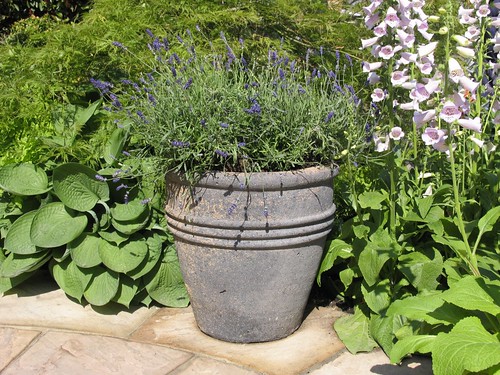There are sources widely available that can make gardening easier with better information at hand. You could use all of your time to find useful horticulture information, but then you wouldn’t get much horticulture done. If you are ready to start creating your own garden you don’t have to learn everything there is to know about gardening, but you will want to pay attention to a few important steps that can increase the success you will have with planting and maintaining your garden. Read on to start learning.
Sod should be laid properly. Prior to laying the sod, prepare your soil. Eradicate any weeds and work the soil until it is very fine. Make sure the soil is packed firmly and even. Gently sprinkle water on the soil until you are certain that it is thoroughly moistened. Sod should be placed in rows that are staggered, where the joints connect to offset each other. You want the sod to end up as a flat and even surface. If there are any gaps in between the sod pieces, then you can fill these in with some soil. Your sod should be watered everyday for at least two weeks, then it will root itself and walk on it.
Plant perennials that are slug-proof. Snails and slugs are garden nightmares, and only need a single evening to obliterate a plant. Certain perennials that don’t have tough leaves are especially tasty to snails and slugs. There are perennials that slugs do not want to eat, the ones that they hate have hairy leaves, or are unappealing to their taste. Examples of these include euphorbia, hellebourus and achillea. Others you may want to consider are campanula and heuchera.
For the best results, select the right kind of soil. Dependent on the type of plants you are choosing for the garden, the soil may not be right for them. You may also cultivate an artificial area comprised of just one type of soil.
All plants need an adequate supply of carbon dioxide in order to thrive. A high level of CO2 provides an optimum environment for growth. The best method to obtain a high amount is to get access to a greenhouse. It’s best to keep CO2 levels high for the best growth of your plants.
Spread a little bit of organic mulch, around two inches worth, in and about each vegetable plant. The soil will stay moist thanks to the mulch. It will also prevent the growth of weeds. This will save you tons of time from pulling out tons of weeds.
Know the ideal times to harvest each of the vegetables you plant. Each veggie has its own prime time for harvesting. For instance, peas and zucchinis are tastiest when picked young. Yet, in reverse, tomatoes must wait for prime-ripeness before they are subject to being picked. To get the most out of your horticulture efforts, find out when to harvest your crops.
Horticulture is a popular hobby which many people find rewarding. Your gardening skills can improve if you have the right advice. Use all the information available to you. Utilizing the information you have learned here can set you on the path to the garden of your dreams.
The post Tips And Ideas For Any Type Of Gardener appeared first on Living Green Gardening.

